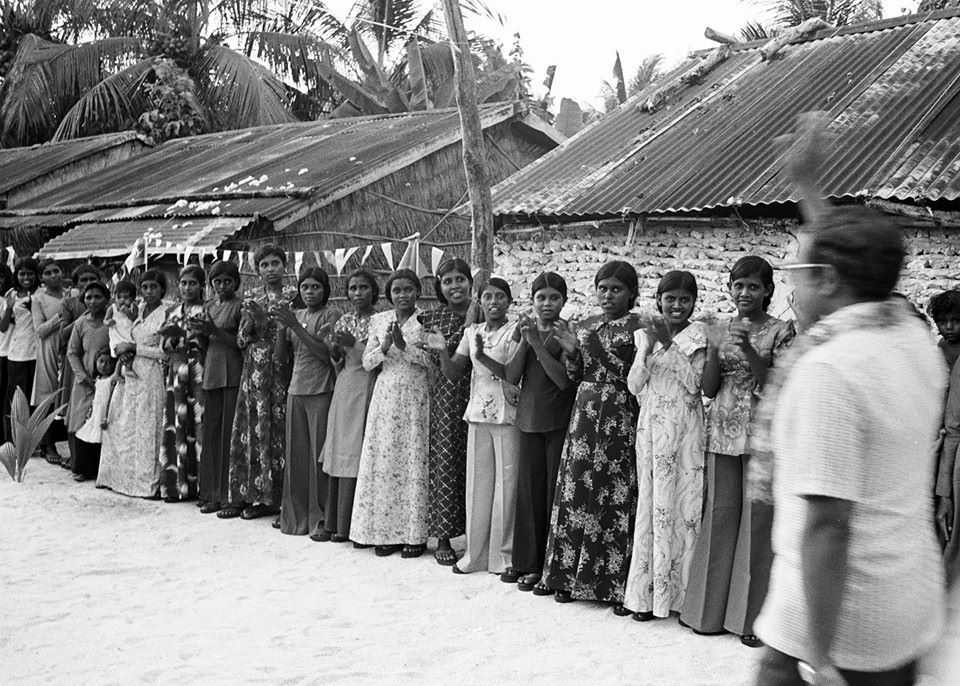Past and Present of Maldives
The Maldives is a small island archipelago located in the Indian Ocean, south of India and Sri Lanka. Although it has a long and interesting history, the Maldives is also a modern and rapidly developing country. In this article, we’ll explore the past and present of Maldives, highlighting some of the key events that have shaped this fascinating nation.
The Past of Maldives
The history of the Maldives can be traced back to around 3000 BC, when it was settled by Dravidian people from the Indian subcontinent. The Maldives was an important hub for the maritime trade routes between Asia and the Middle East, with traders from Arabia, India, China, and Southeast Asia making frequent stops on the islands.
Islam arrived in the Maldives around the 12th century, and has been the dominant religion ever since. In the 16th century, the Maldives came under the rule of the Portuguese, who were attracted by the lucrative spice trade. However, their reign was short-lived, and they were expelled by the Maldivians with the help of the Dutch.
In the 19th century, the Maldives became a British protectorate, and remained so until gaining independence in 1965. During this period, the British largely left the Maldivians to govern themselves, but maintained a naval base in the capital city of Male.
For much of its history, the Maldives was a feudal society, with power concentrated in the hands of a few wealthy families. However, in the 20th century, a democratic movement emerged, and in 2008 the Maldives held its first free and fair elections.
The Present of Maldives
Today, the Maldives is a modern and cosmopolitan country, with a growing economy and a vibrant tourism industry. While still predominantly Muslim, the Maldives is also home to a diverse range of religions and cultures, including Christians, Hindus, and Buddhists.
Tourism is the main driver of the Maldivian economy, with visitors flocking to the islands to soak up the sun, swim in the crystal-clear waters, and enjoy the luxurious resorts and spas. However, the Maldives is also looking to diversify its economy, with a focus on sustainable development, renewable energy, and high-tech industries.
Despite its small size and limited resources, the Maldives has made impressive strides in achieving sustainable development. In 2009, it became the first country in the world to pledge to become carbon-neutral by 2020, and although it has not yet achieved this goal, it has made significant progress in reducing its greenhouse gas emissions. The Maldives also faces significant challenges, particularly with regard to climate change. As a low-lying island nation, the Maldives is particularly vulnerable to rising sea levels and other environmental threats. The government has taken a proactive approach to addressing these challenges, including investing in renewable energy and developing plans to relocate citizens from at-risk islands.

